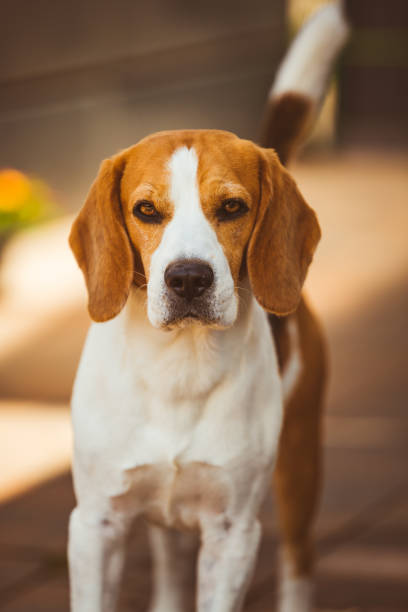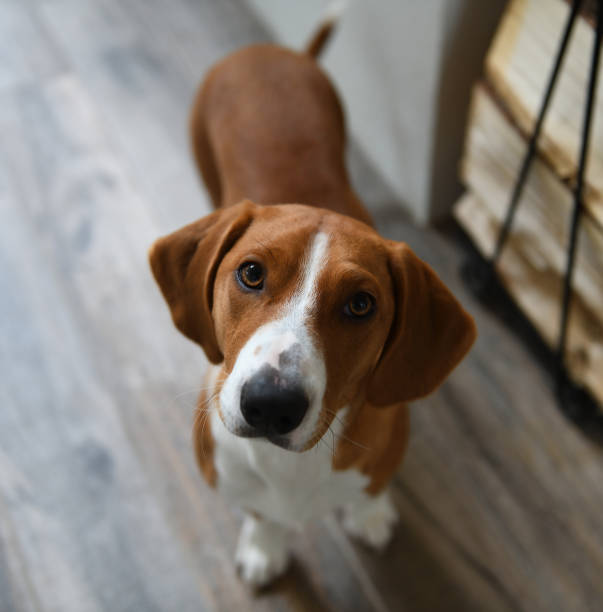The Drever is robust and strong rather than elegant and speedy. They have a proud carriage, well-developed muscles, and an agile appearance. Affectionate, playful, and sweet, the Drever gets along well with most other breeds and is great in groups. The Drever was developed in the early twentieth century in Sweden. Hunting deer was difficult due to terrain and herd locations so hunters soon realized the benefits of using this short-legged, long-bodied dog to drive the deer over long distances and rough terrain right to them. A keen and even-tempered hound, the Drever is never aggressive, nervous, or shy. They are content in most living situations but tend to be vocal when alerting or at play.
Drever
Average sizes and life
expectancy of the breed.
Height
12-15 inches
Weight
35-40 pounds
Life Expectancy
15 years
Breed Traits & Characteristics
About the Breed

Owning a dog is not just a privilege; it’s a responsibility. They depend on us for, at minimum, food and shelter, and deserve much more. When you take a dog into your life, you need to understand the commitment that dog ownership entails.
 Health
Health
 Grooming
Grooming
 Exercise
Exercise
 Training
Training
 Nutrition
Nutrition
History
Westphalian Dachsbracke, a diminutive German dog, was introduced to Sweden in 1910. Although the first dogs were registered in 1913, there is not much information about the breed before to 1930. From that point forward, it developed a reputation for being an excellent deer tracker. Deer had previously been scarce, but as their population increased and they began to travel more north, hunters learned about the benefits of the short-legged deer tracking hound. The name Drever was given to the larger Swedish variation of the Bracke in 1947. The Drever was acknowledged as a Swedish breed in 1953. The Drever is regarded as the top hound for deer hunting, but it is also an excellent hound for hare and fox hunting.



